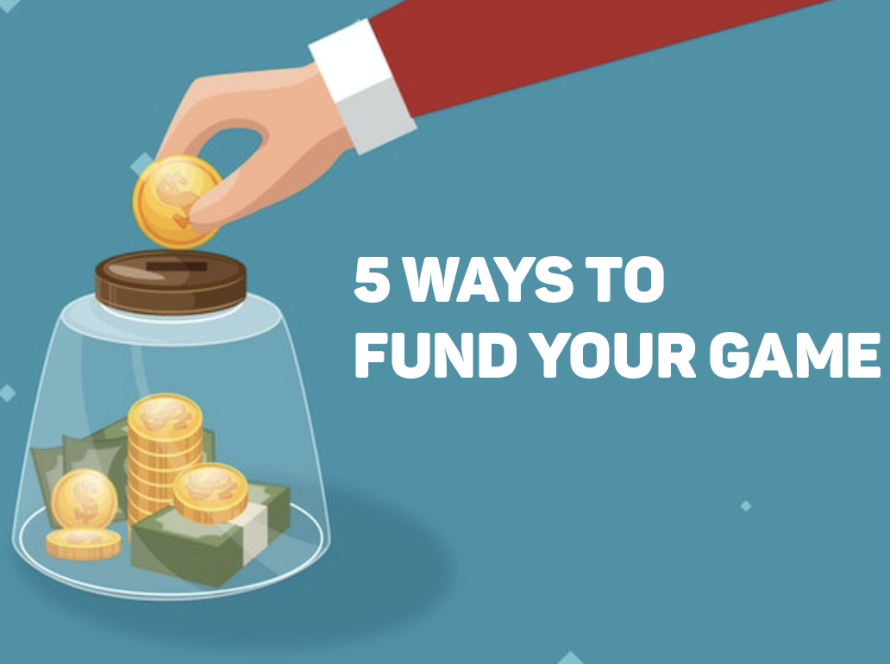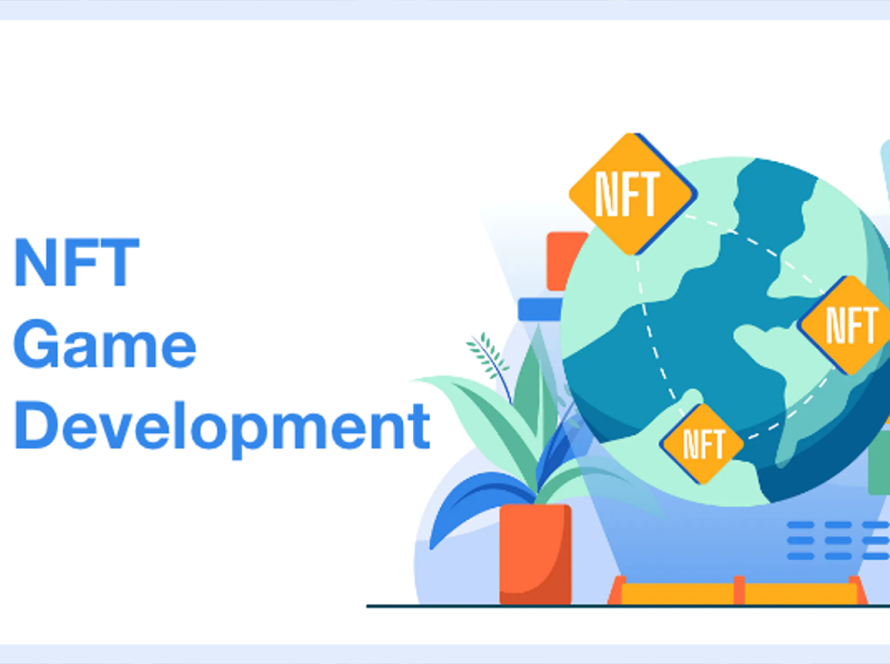In the highly competitive landscape of the 2D gaming industry, obtaining funding is a critical endeavor. Grants and sponsorships emerge as two prevalent channels for securing financial support. Here, understanding grants and sponsorships in 2D game development is crucial for crafting a well-thought-out plan to secure appropriate financial assistance for your project. Join us as we delve into both aspects, extracting valuable insights to guide you in the successful pursuit of funds for your project.
Understanding Grants and Sponsorships in 2D game development
Below is a fundamental comparison between grants and sponsorships in 2D game development. With this information, 2D game developers can envision the path they are targeting.
| Criteria | Grants | Sponsorships |
|---|---|---|
| Definition | Grants are non-repayable funds. They are typically provided by government agencies, foundations or non-profit organizations. | Sponsorships involve financial support provided by individuals to support a project. In the context of 2D game development, sponsorships can include monetary contributions, provision of resources or co-marketing efforts. |
| Funding Structure | Grants provide financial support without the expectation of repayment. Once awarded, developers can use the funds according to the approved project plan. | Sponsorships are often negotiated between the 2D game developer and the sponsoring entity. |
| Purpose | Supports specific projects or initiatives with broader goals. | Given in exchange for exposure, branding, or mutual benefits, focusing on the promotional aspect of the project. |
| Advantages | Provide a substantial amount of funding without the need for repayment. They enable developers to concentrate on the creative aspects of their 2D game projects without immediate financial concerns. | Sponsorships in 2D game development provide financial support, expertise, resources, and marketing assistance to developers. |
| Disadvantages | High competition, complex application process and limited flexibility. | Constraints on creative freedom and potential pressure for results. |
In summary, both forms of funding bring different values to the table. Depending on the goals and characteristics of your 2D game development project, you may consider choosing either grants or sponsorships.
- If your priority is to secure non-repayable funds and concentrate entirely on game development, Grants can be a favorable option. This allows you to dedicate more time and effort to creativity and design without worrying about repayment obligations in the future.
- If your project requires support not only in terms of finances but also in experience, Sponsorships can make your project stronger. Its support goes beyond monetary contributions, encompassing project management and the overall enhancement of the development process.
Ultimately, the choice between grants and sponsorships depends on the specific needs and goals of your 2D game development project. Each option presents unique advantages, and careful consideration of your project’s requirements will guide you toward the most suitable funding avenue.
Tips for securing Grants and Sponsorships in 2D game development
Remember, securing Grants and Sponsorships in 2D game development can be competitive. To increase your chances of obtaining funding, you need thorough research and meticulous preparation. Here are some notes for you in seeking financial support:
Pinpoint appropriate sponsorship or grant programs.
Firstly, you need to actively search for and identify available Sponsorships or Grants programs that align with your 2D game development project. Next, pay attention to goals, evaluation criteria, funding scope, and other specific requirements.
Moreover, a crucial step is to thoroughly read and understand the sponsor’s requirements and standards. This forms the foundation for your presentation when showcasing your project. Demonstrate to sponsors that your project fully meets the requirements and goals they are seeking.
Highlight the unique features of your 2D game.
Provide investors with answers: Why should they choose your project? What is the potential of your project? What sets your 2D game apart and makes it unique?
Overall, the key to successfully attracting funding lies in preparing information about your project. Essentially, what are the crucial details that investors need to know? Avoid presenting vague and lengthy information.
Besides, create a compelling project proposal that clearly communicates the goals, innovations, and impact of your 2D game development project. Address how the funding will be utilized and the outcomes it aims to achieve.
Showcase the expertise of your team
A crucial aspect that sponsors care about is the people behind the project. Highlight the expertise, skills and achievements of your 2D game development team to demonstrate that they are investing in an exceptional team.
Guidance from experts
If your team lacks experience in the process of obtaining financial support, you should seek guidance from experts. This may involve reaching out to professionals in the gaming industry or drawing insights from other successful projects. Moreover, the support and advice provided by individuals with experience can significantly boost the credibility of your 2D game.
In Conclusion
In this article, we have delved deep into understanding Grants and Sponsorships in 2D game development. With the provided information, 7swordsgames believes that you now have a clearer understanding of these two forms of financial support. From here, your team has a plan for suitable funding sources. Thank you for reading!




